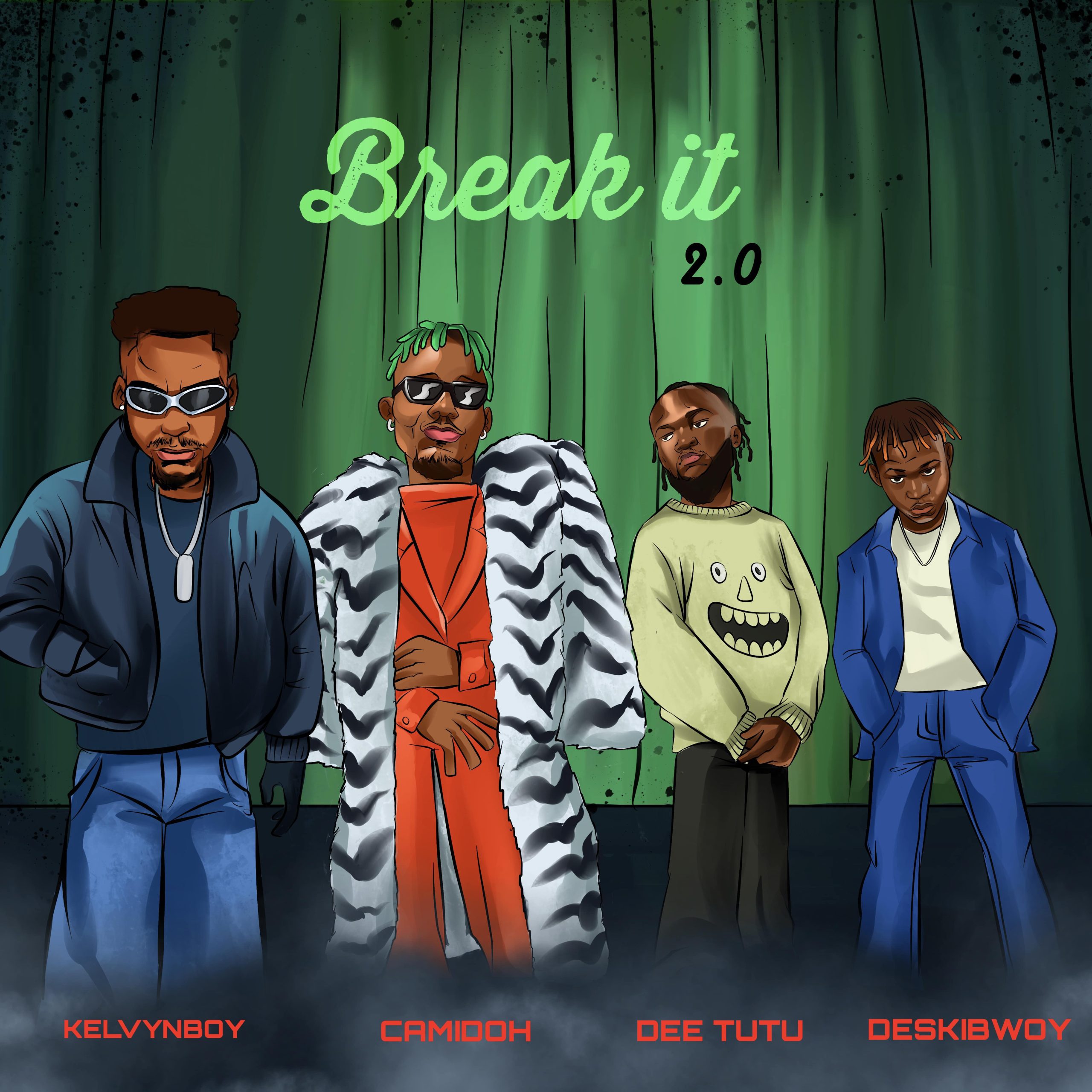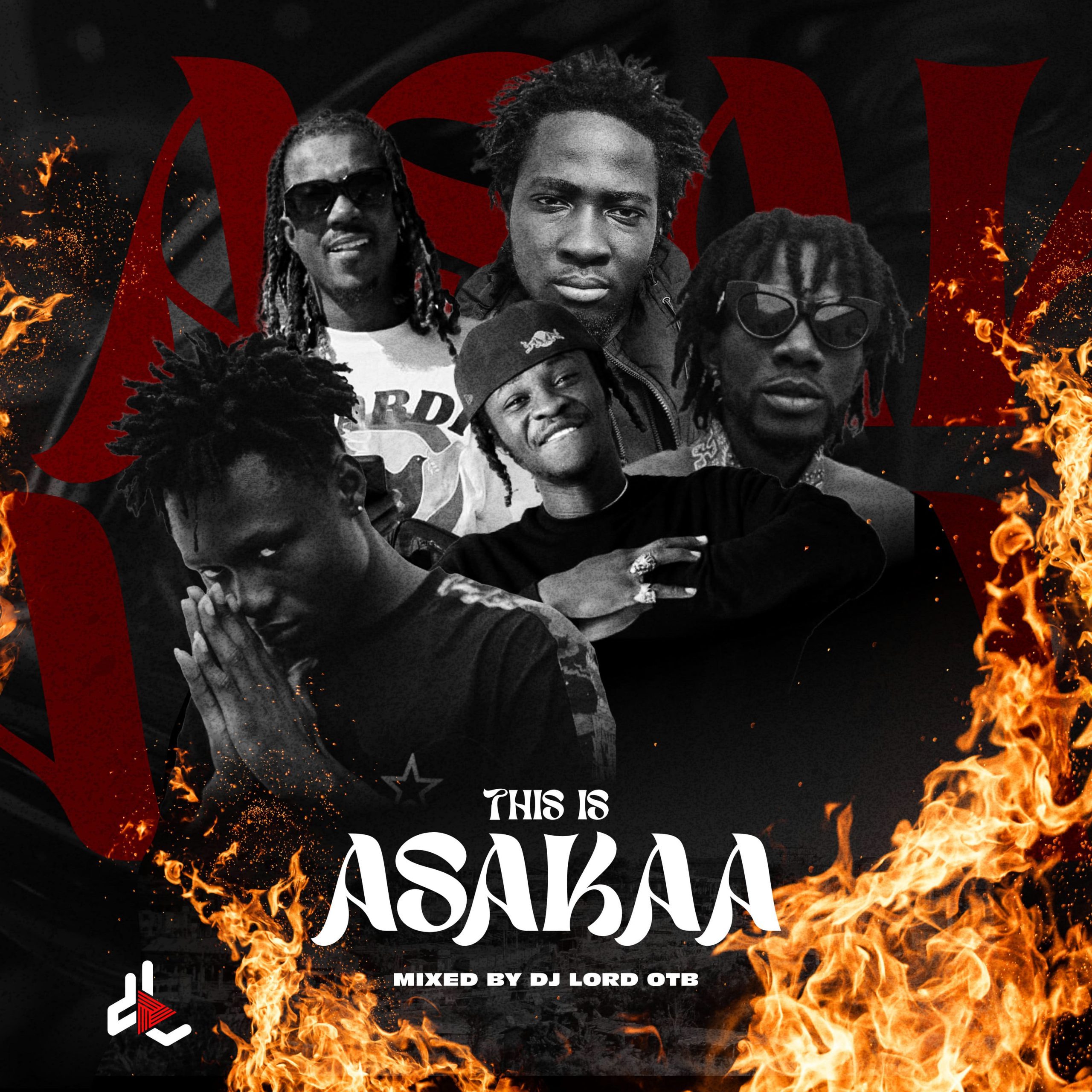Azonto: A Recap of How It Started

Azonto is a vibrant dance and music genre that emerged from Ghana, captivating audiences worldwide with its energetic moves and infectious rhythms. Rooted in traditional Ghanaian culture, Azonto has evolved into a global phenomenon, influencing music, dance, and pop culture across continents.
Origins of Azonto
Azonto traces its roots to the coastal regions of Ghana, particularly among the Ga communities in areas like Chorkor, James Town, and Bukom. Initially known as "Apaa," meaning "work" in the Ga language, the dance was a form of expression that mimicked everyday activities such as ironing, boxing, or driving. These movements were not only entertaining but also served as a means of storytelling and communication within the community.
The dance is believed to have evolved from traditional dances like Kpanlogo, incorporating elements that reflect the daily lives and experiences of the people. Over time, Azonto transformed into a more stylized and dynamic form, characterized by intricate hand gestures, rhythmic footwork, and expressive body movements.
Rise to Popularity
Azonto gained mainstream attention in the early 2010s, propelled by the release of several hit songs that featured the dance. Artists like Sarkodie, with his track "U Go Kill Me," and Gasmilla, known as the "Azonto King," played pivotal roles in popularizing the genre. Their music videos showcased the dance, inspiring fans to learn and perform the moves themselves.
The dance's simplicity and adaptability made it accessible to a broad audience, allowing people of all ages and backgrounds to participate. Social media platforms like YouTube and Facebook further amplified its reach, with countless dance tutorials and performances shared online. Azonto quickly transcended Ghana's borders, becoming a global dance craze embraced by the African diaspora and beyond.
Cultural Impact
Azonto is more than just a dance; it's a cultural expression that reflects the creativity and resilience of the Ghanaian people. It has become a symbol of national pride, often performed at celebrations, festivals, and even international sporting events. Notably, Ghanaian footballer Asamoah Gyan popularized the dance on the global stage by incorporating it into his goal celebrations during matches.
The genre has also influenced the broader music landscape, contributing to the rise of Afrobeats and inspiring artists worldwide to incorporate African rhythms and dance styles into their work. Azonto's fusion of traditional and contemporary elements exemplifies the dynamic nature of African culture and its ability to evolve while honoring its roots.
Evolution and Legacy
While Azonto's peak popularity may have waned, its legacy endures. The dance paved the way for subsequent African dance trends and continues to influence music and choreography today. Artists and dancers regularly pay homage to Azonto, acknowledging its role in shaping modern African entertainment.
Moreover, Azonto's success demonstrated the power of digital platforms in promoting cultural phenomena, setting a precedent for how music and dance can achieve global recognition in the digital age.
What's Your Reaction?
 Like
2
Like
2
 Dislike
0
Dislike
0
 Love
0
Love
0
 Funny
0
Funny
0
 Angry
0
Angry
0
 Sad
0
Sad
0
 Wow
0
Wow
0































